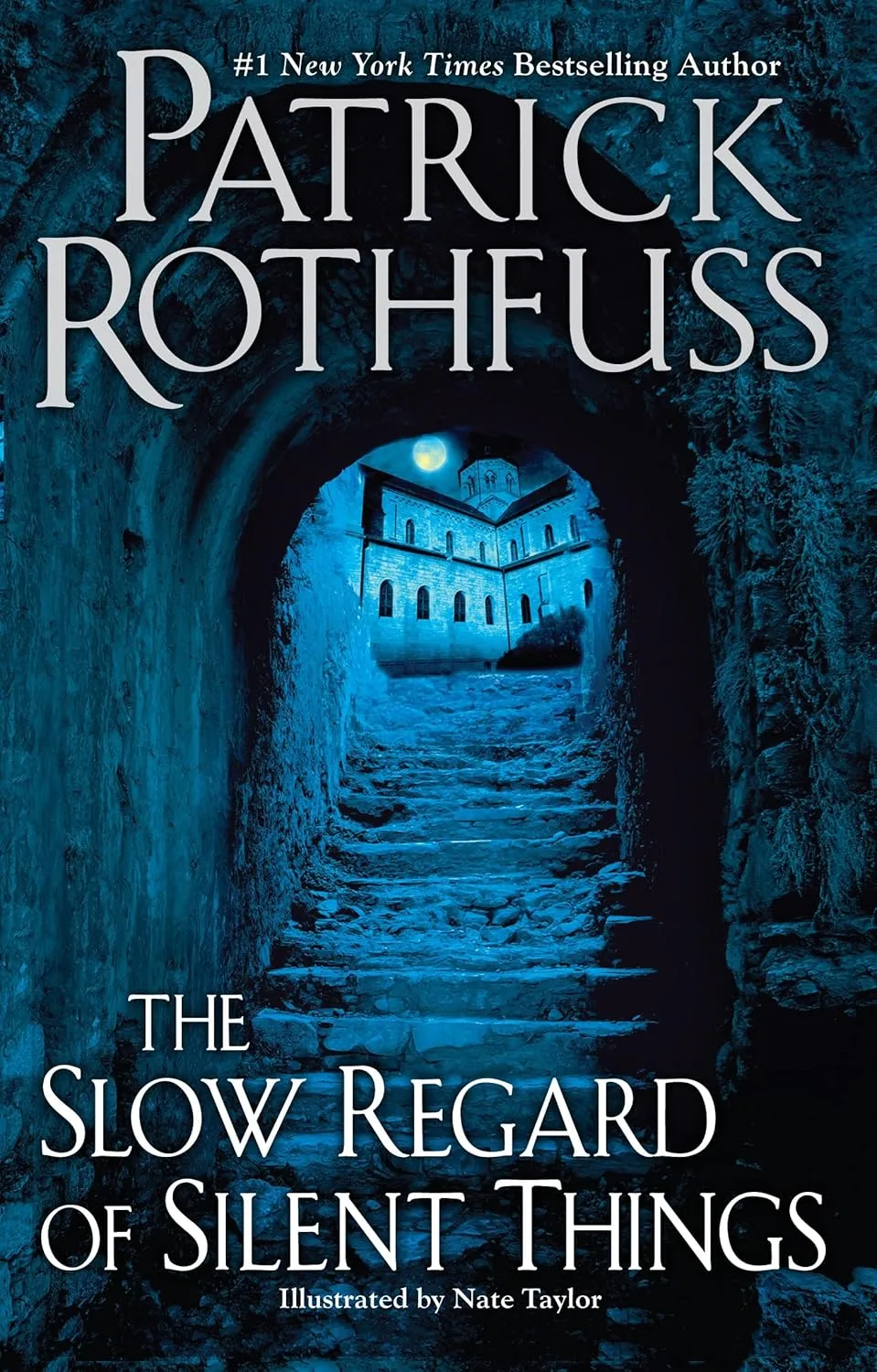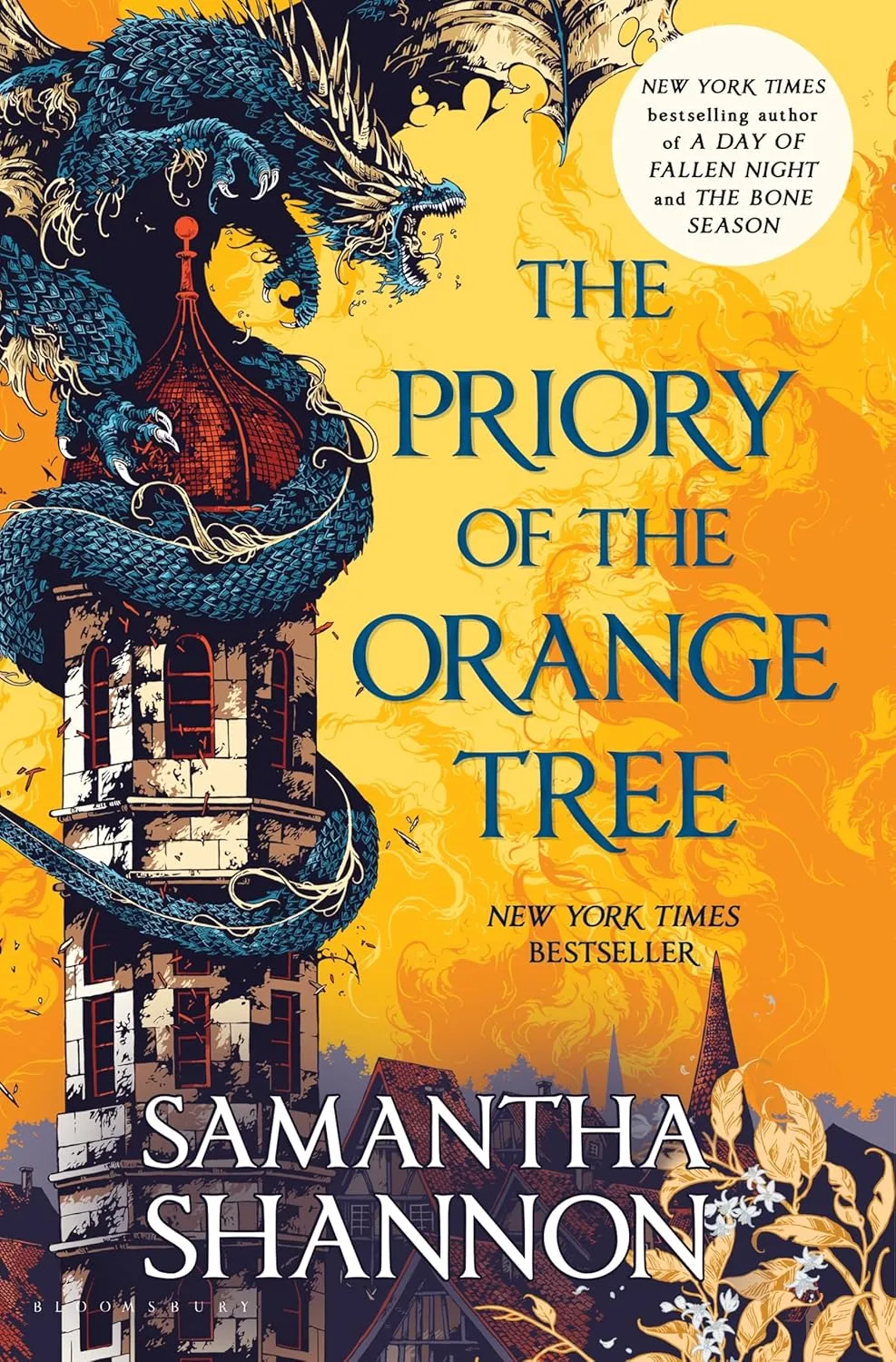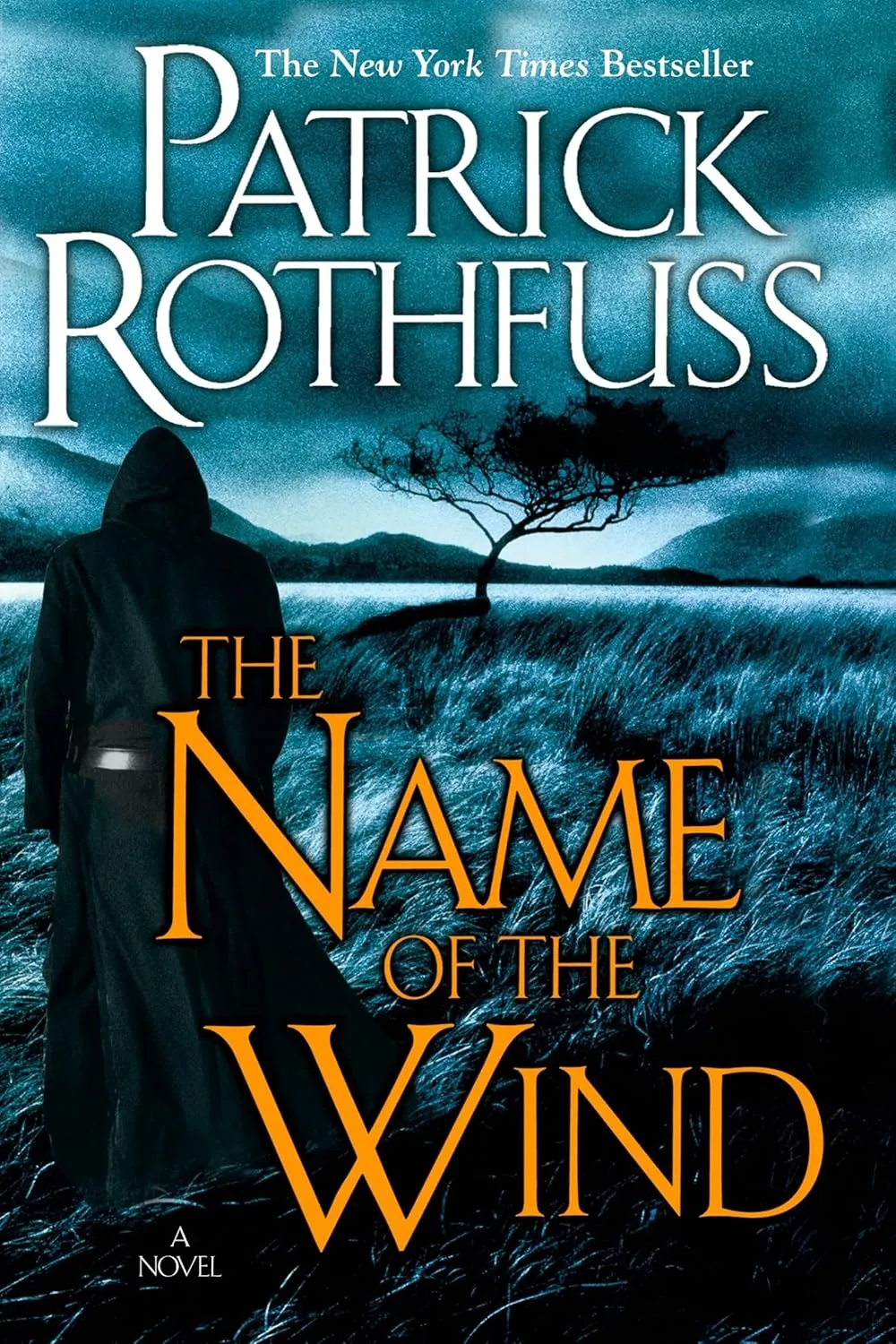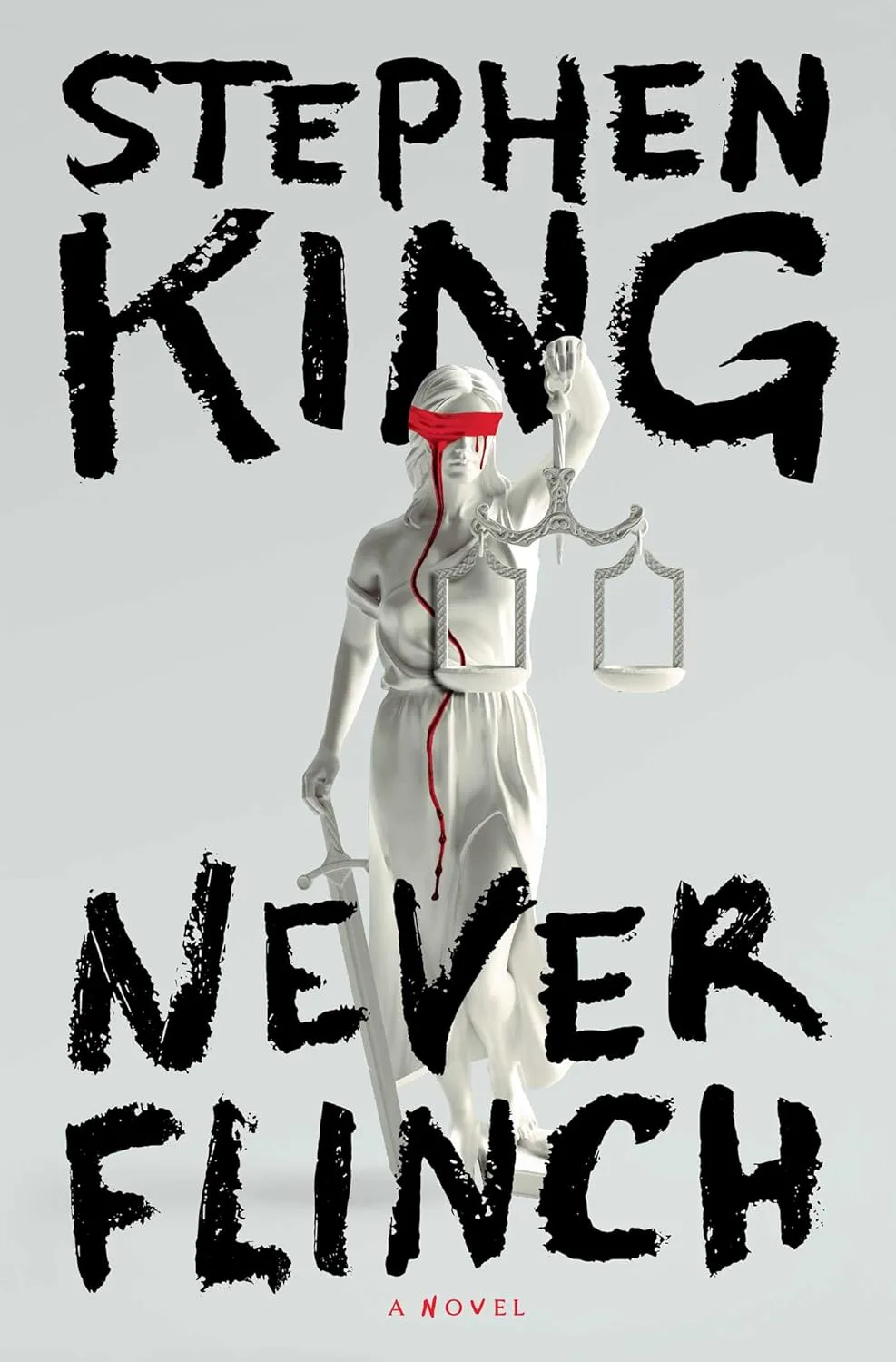Overview
“The Slow Regard of Silent Things” is a haunting, atmospheric novella that follows Auri, a mysterious character from Patrick Rothfuss’s Kingkiller Chronicle series, through seven days in the ancient ruins beneath the University called the Underthing. This experimental work abandons traditional narrative structure in favor of a deeply immersive, almost meditative exploration of one person’s fragile existence in a world of broken things and careful rituals.
The story unfolds as Auri navigates her underground domain, tending to objects with reverence, maintaining delicate balances, and preparing for the return of someone important to her. Through her eyes, we see a reality where inanimate objects possess names, personalities, and proper places, where disruption could mean catastrophe, and where survival depends on understanding the intricate relationships between all things.
Key Takeaways
| Aspect | Details |
|---|---|
| Genre Innovation | Redefines fantasy storytelling through internal narrative and object-focused prose |
| Character Study | Deep psychological portrait of trauma, adaptation, and finding meaning in isolation |
| World Building | Expands Kingkiller Chronicle universe through unique underground perspective |
| Thematic Depth | Explores mental health, belonging, and the significance we assign to objects |
| Literary Experiment | Challenges conventional plot structure with atmosphere-driven storytelling |
| Emotional Impact | Creates profound empathy for marginalized perspectives through intimate narration |
Book Structure
The novella is organized around seven days, each representing a chapter that follows Auri’s careful routines and observations:
Day One through Day Seven: Each day focuses on Auri’s movements through different areas of the Underthing – Mews, Port, Tree, Crumbles, and other named locations. The structure mirrors the cyclical nature of her existence while building toward a climactic moment of preparation and revelation.
Author’s Foreword: Rothfuss includes an unusually candid introduction warning readers about the book’s unconventional nature, acknowledging it lacks traditional plot elements while defending its artistic merit.
The Underthing Map: Detailed illustrations help readers navigate Auri’s complex underground world, showing the interconnected chambers and passages that form her domain.
About the Author
Patrick Rothfuss is an acclaimed fantasy author best known for The Kingkiller Chronicle series, beginning with “The Name of the Wind” (2007). His work has garnered numerous awards and a devoted international following. Rothfuss is also known for his charitable work, particularly Worldbuilders, an annual fundraising effort that has raised millions for Heifer International.
Born in Wisconsin, Rothfuss draws from his academic background in English literature to create richly layered narratives that blend traditional fantasy elements with literary sophistication. His writing often explores themes of storytelling, knowledge, and the power of names and words.
Why This Book Resonates
“The Slow Regard of Silent Things” resonates because it offers representation for experiences rarely explored in fantasy literature – mental health struggles, neurodivergence, and alternative ways of experiencing reality. Auri’s careful rituals and deep connection to objects will speak to readers who understand the comfort of routine and the weight of small disruptions.
The novella’s meditation on finding home in unexpected places appeals to anyone who has felt displaced or different. Rothfuss creates a character whose fragility is also her strength, whose perceived madness contains profound wisdom about treating the world with reverence and care.
For fans of the main series, it provides crucial insight into a beloved character while demonstrating Rothfuss’s range as a writer willing to take significant artistic risks.
Ideal Audience
- Kingkiller Chronicle fans seeking deeper understanding of Auri’s character
- Literary fantasy readers who appreciate experimental narrative techniques
- Mental health advocates interested in empathetic portrayals of neurodivergence
- Readers of atmospheric fiction who prioritize mood and character over plot
- Students of creative writing examining innovative storytelling approaches
- Fans of slice-of-life narratives in fantastical settings
- Anyone who finds meaning in rituals, collections, or the arrangement of objects
Memorable Quote
“She was not mad. She was not broken. These things happen to everyone. Didn’t they? Surely she was not the only one who sometimes woke with a chest full of knife-sharp sadness for no good reason at all.”
This quote encapsulates Auri’s internal struggle with self-doubt and the universal nature of unexplained emotional pain, while highlighting the story’s compassionate approach to mental health.
Central Themes
| Theme | Exploration |
|---|---|
| Sacred Ordinary | Finding profound meaning in mundane objects and daily rituals |
| Mental Health | Compassionate portrayal of trauma responses and coping mechanisms |
| Home & Belonging | Creating sanctuary in unlikely places and circumstances |
| Order vs. Chaos | The necessity of personal systems in an unpredictable world |
| Isolation & Connection | Maintaining relationships through memory and hope during solitude |
| Respect & Reverence | Treating all things, however small, with dignity and care |
| Healing & Time | The slow process of recovery and finding peace with one’s circumstances |
Additional Analysis
Writing Style Innovation
Rothfuss employs a unique prose style that mirrors Auri’s thought patterns – circular, careful, and deeply attentive to sensory details. The language itself becomes a character, with repetitive structures that create a hypnotic, almost ritualistic reading experience.
Symbolism and Metaphor
The Underthing serves as both literal setting and metaphor for the subconscious mind, with its hidden chambers representing suppressed memories and carefully maintained spaces symbolizing coping mechanisms. Objects throughout the story carry emotional weight, representing relationships, memories, and aspects of identity.
Connection to Mental Health Discourse
The novella contributes meaningfully to conversations about neurodivergence in literature, presenting a character whose different way of experiencing reality is neither romanticized nor pathologized, but simply accepted as valid and worthy of exploration.
FAQ
Q: Do I need to read The Kingkiller Chronicle first? A: While not strictly necessary, familiarity with the main series enhances understanding of Auri’s background and significance. The novella works as a standalone but gains depth from prior knowledge.
Q: Is this book suitable for young readers? A: The content is appropriate for teens and adults, though younger readers may find the unconventional structure challenging. The themes of mental health and isolation require some maturity to fully appreciate.
Q: Why did Rothfuss write such an experimental book? A: In his foreword, Rothfuss explains his desire to explore Auri’s character more deeply and to experiment with different storytelling approaches, even at the risk of alienating some readers.
Q: Will there be more books about Auri? A: As of the book’s publication, Rothfuss has not announced plans for additional Auri-focused works, though she remains an important character in the ongoing Kingkiller Chronicle series.
Q: What should I expect from the reading experience? A: Expect a meditative, atmospheric journey rather than traditional fantasy adventure. The book rewards careful attention to mood, imagery, and character psychology over plot progression.
Final Thoughts
“The Slow Regard of Silent Things” stands as a bold artistic statement that expands our understanding of what fantasy literature can accomplish. While it may challenge readers expecting conventional narrative structure, it rewards those willing to embrace its unique rhythm with profound insights into resilience, beauty, and the ways we create meaning in difficult circumstances.
The novella succeeds not in spite of its experimental nature, but because of it. By abandoning traditional plot mechanics, Rothfuss creates space for deep emotional exploration and demonstrates that powerful stories can emerge from the quietest moments and most vulnerable characters.
This work will likely divide readers – some will find it tedious or plotless, while others will discover a masterpiece of empathetic storytelling. Regardless of individual reaction, it represents an important contribution to both fantasy literature and mental health representation in fiction.
Links
Buy The Slow Regard of Silent Things on Amazon
Read More Summaries







